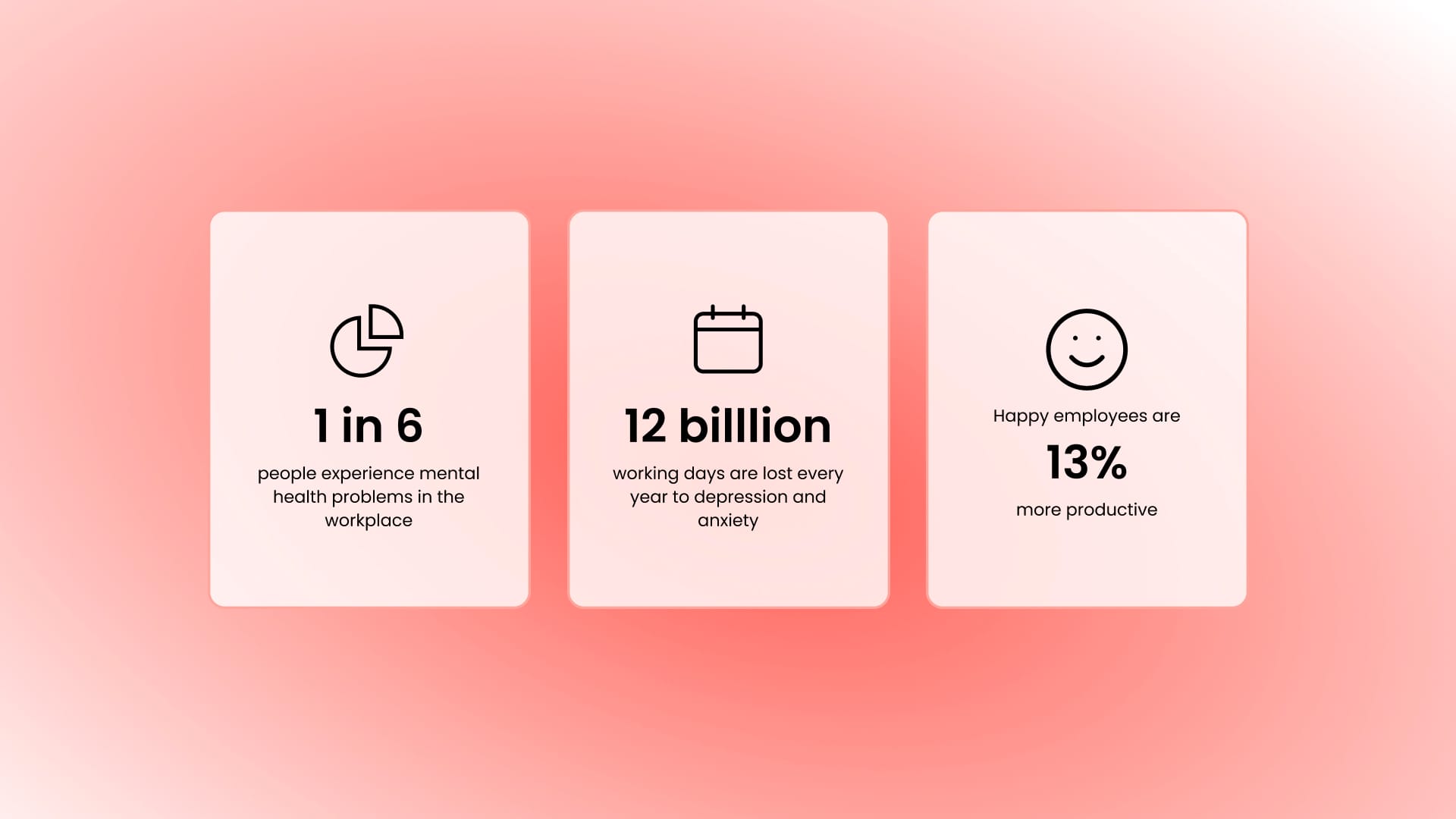Empowering Minds: Strategies to Boost Employee Mental Health in 2025
Employee mental health is no longer just an HR initiative—it’s a business imperative. In 2025, organizations are recognizing the undeniable link between well-being and performance. With remote work challenges, increasing workloads, and personal stressors, employees face mounting pressures. Studies confirm that mentally healthy employees are more engaged, creative, and productive. Prioritizing mental wellness leads to lower absenteeism, higher job satisfaction, and stronger workplace culture. Forward-thinking companies are now shifting from reactive approaches to proactive mental health strategies.
Building a Mental Health-Friendly Culture: Where Leadership Matters
Creating a workplace that prioritizes mental health starts at the top. Leaders must openly discuss mental wellness, normalizing conversations about stress, anxiety, and burnout. In 2025, businesses are moving beyond token wellness initiatives to cultivate genuine support systems. This includes:
- Regular wellness workshops on mindfulness, stress management, and resilience.
- Mental health training for managers to help them identify and address employee struggles.
- Encouraging open dialogue, where employees feel safe discussing challenges without fear of stigma.
When leaders champion mental wellness, it sets the tone for a healthier work environment where employees feel valued and supported.
Leveraging Technology for Mental Health Support
Technology is revolutionizing mental health care in the workplace. With the rise of digital solutions, employees now have on-demand access to mental wellness resources. Companies are integrating:
- AI-powered mental health apps that track mood, stress levels, and provide real-time coping strategies.
- Virtual therapy sessions, allowing employees to seek professional help confidentially and conveniently.
- Meditation and mindfulness programs, accessible through workplace wellness portals.
- Wearable tech to monitor stress and encourage healthy habits.
By embedding these tools into the daily workflow, companies ensure that mental health support is always within reach.
Flexible Work Schedules: A Game-Changer for Mental Well-Being
The 9-to-5 work model is evolving, and flexibility is at the heart of this transformation. Employees who have control over their schedules experience lower stress and greater job satisfaction. In 2025, organizations are embracing:
- Hybrid work models, allowing employees to balance remote and in-office work.
- Flexible hours, giving employees autonomy over when they work best.
- Mental health days, offering time off to recharge without the need for a sick leave excuse.
By prioritizing work-life balance, businesses reduce burnout and create a healthier, more engaged workforce.

Redefining Employee Assistance Programs (EAPs)
Traditional Employee Assistance Programs (EAPs) often focus solely on crisis intervention. In 2025, progressive companies are expanding these programs to address holistic well-being. Modern EAPs now include:
- Financial wellness support, helping employees manage money-related stress.
- Legal advisory services, offering guidance on personal and professional legal matters.
- Wellness coaching, focusing on mental, physical, and emotional health.
By broadening EAP offerings, businesses provide employees with the tools they need to navigate life’s challenges beyond the workplace.
The Power of Peer Support Networks
A strong support system can significantly impact mental well-being. Companies are fostering peer support networks that allow employees to connect, share experiences, and uplift one another. These initiatives include:
- Employee resource groups (ERGs) focused on mental wellness.
- Peer mentoring programs, pairing employees with colleagues who understand their struggles.
- Virtual community spaces where employees can discuss mental health openly.
A culture of connection reduces feelings of isolation and strengthens workplace morale.
Future-Proofing Workplace Mental Health Strategies
Mental health strategies must be dynamic, evolving with the changing needs of employees. Organizations should:
- Regularly assess employee well-being through surveys and feedback sessions.
- Adapt policies based on emerging mental health trends and research.
- Embed mental health initiatives into company culture, making well-being a long-term priority.
The Road Ahead: A Workplace Revolution Built on Well-Being
Employee mental health is more than just a workplace trend—it’s a long-term commitment. By integrating proactive strategies, fostering open communication, and embracing innovation, companies can create environments where employees not only work but thrive. The future of work is bright, and it starts with prioritizing mental well-being today.







Comments